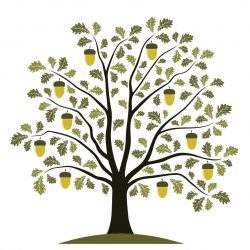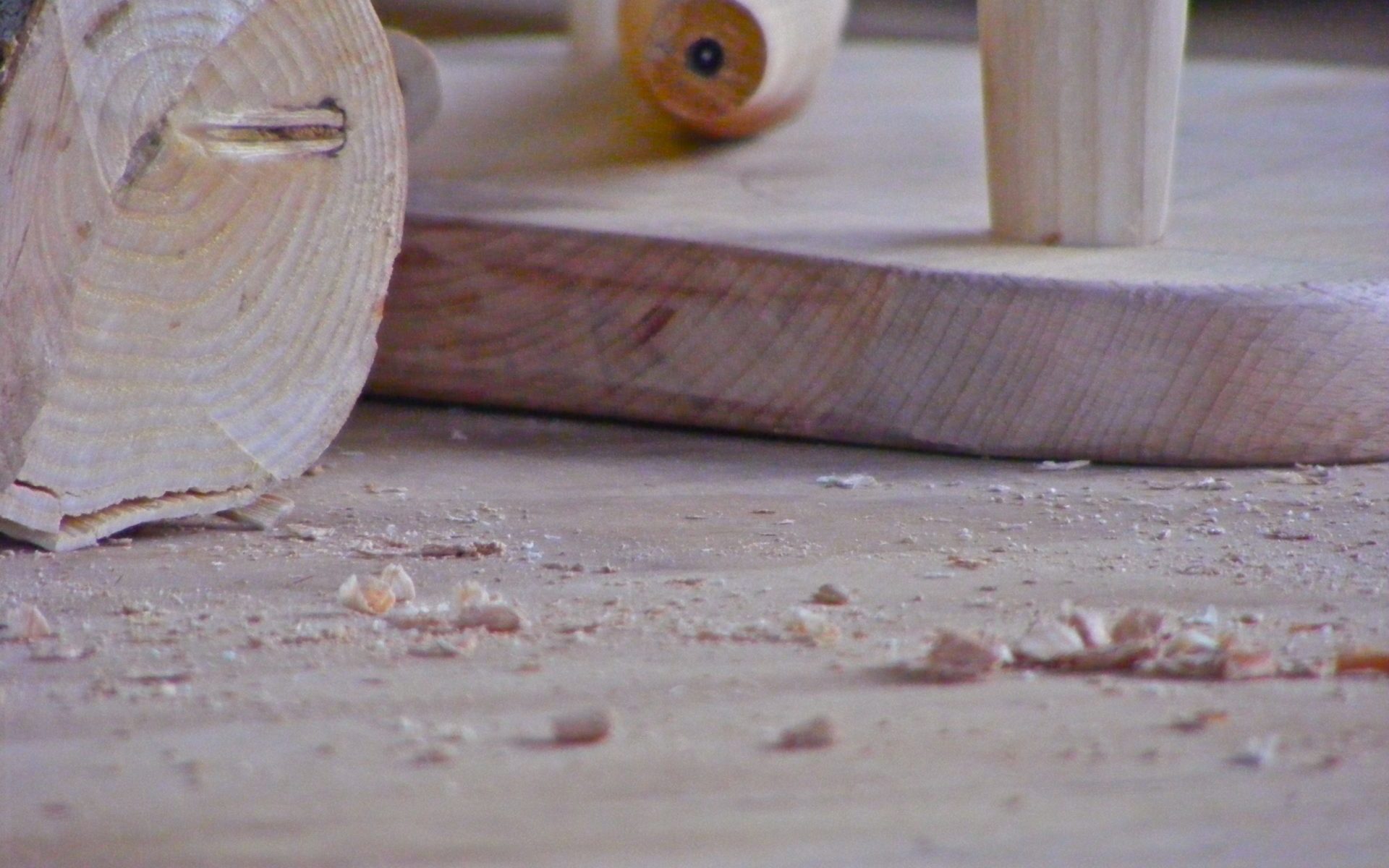The term “green” is applied to wood that is freshly cut and has not yet lost any of the moisture in the cells that make up the wood. In this state even the hardest timbers can easily be worked by hand using sharp tools.
Once cut, wood will start to dry out and this happens in two ways, first is the loss of the so called “free moisture”. This is the moisture found in the cell cavities and is used for transport of water and nutrients as the tree grows. This is quite quickly lost as it is free to move around the vessels within the wood.
The second stage is the loss of the moisture that is bound into the actual cell walls making up the wood. This is a much slower process and takes as a rule of thumb one year per inch thickness of the timber.
The term “seasoned” applies to wood that has lost some but very rarely all of the bound moisture and all of the free moisture. Moisture content is measured as a percentage and wood with a moisture content of 25% or less is suitable for burning but for conventional furniture making a moisture content of 10% or lower is desirable.
It is important to bear in mind that wood is hygroscopic and as such can take on moisture from its environment, as such wood will only be able to dry to the level of the conditions it finds itself in. A log in a wet woodland can therefore stay green for many years, add to this the fact that the vast majority of moisture is lost through the capillaries that are exposed in the end grain of cut wood and the drying process can be ongoing indefinitely until equilibrium with the surrounding environment is achieved. This is known as Equilibrium Moisture Content and can allow wood to be dried to very low moisture content by placing in a heated kiln.
The details of the drying process and its effect on the timber are covered in depth on all of the courses available through Little Acorn Furniture.

